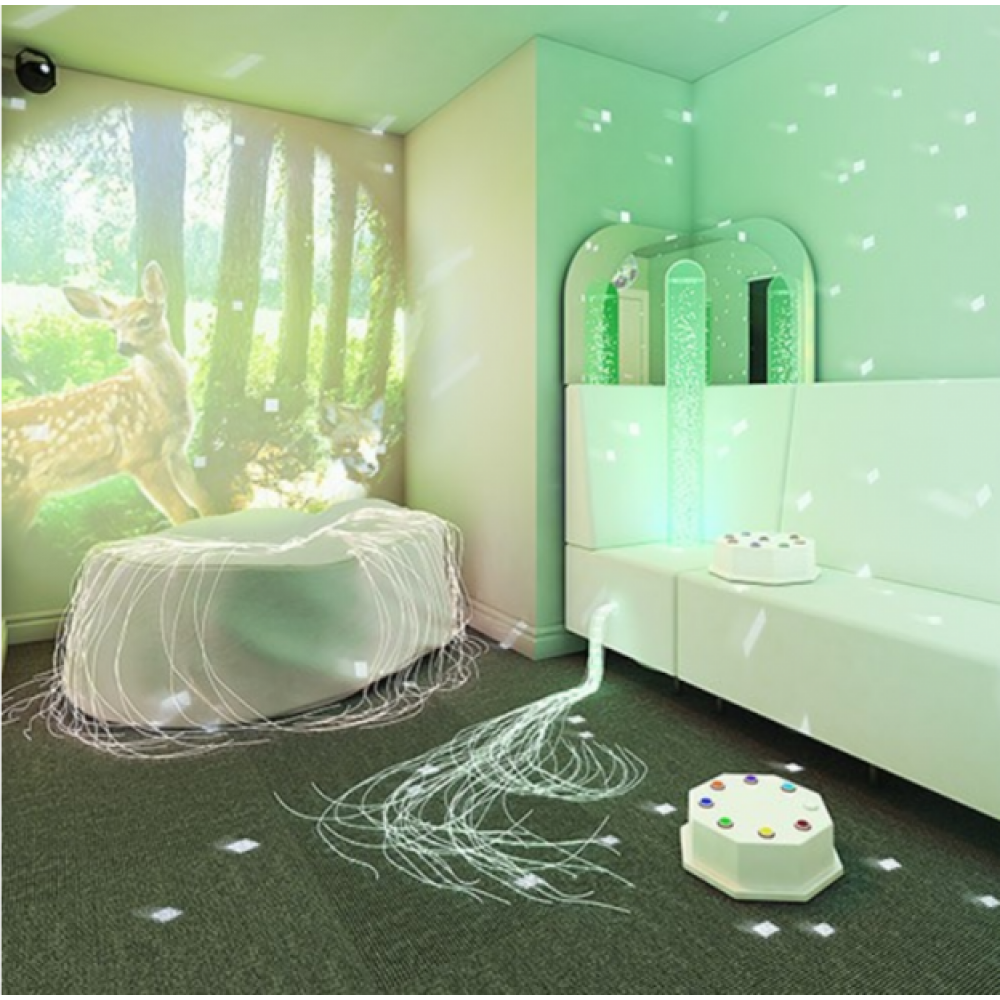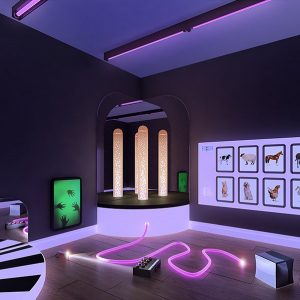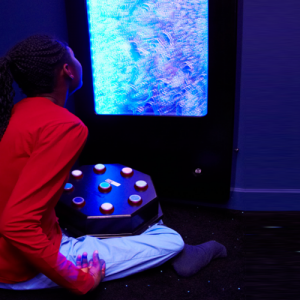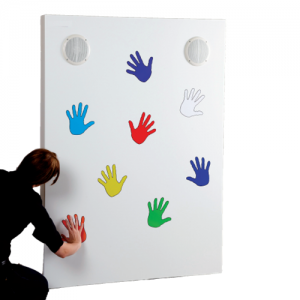
With the many benefits a sensory room provides, it's no wonder that they are so popular, but how do you build a sensory room? In this post, we take a closer look at the core areas that need to be explored when considering how to build a sensory room, as well as looking at tips on creating a sensory room in the home or if you are on a budget.
Remember, a sensory space is where sensory information can be translated and interpreted in an organised and efficient manner. Outside of a sensory room, the nervous system must interpret and filter, however inside a sensory room; the information has been developed to work at "high efficiency", which is why it is so important that the most beneficial sensory products are considered during the design process. For more information on the process of designing a sensory room, check out our previous post.

When initially creating a sensory room, it's important to think of where your sensory room will be geographically in a building, either at home or within an establishment. You must make sure the users of the room and their abilities are always at the forefront of your mind when thinking of the room location. If the user is distracted easily, for example, try building your sensory room in a space that's pathway isn't on a route where there will be heavy footfall while they are using it.
When building a sensory room, it's really important to think about the space and whether the space is suitable for the amount of equipment, or the specific sensory room you want to create. If you are planning on using sensory equipment across different levels or mounted to walls, such as bubble walls and fibre optic showers, then you need to consider the shape as well as the height of the room.

The core of your sensory room starts with lighting and visual effects. White walls work best but whatever colour you choose, keep it simple. A good place to start is with a main feature product, such as a bubble tube. Then, products such as fibre optics and other sensory lighting can be added for a complimentary visual effect.
You can surround the room with reflections from a mirror ball or projector, using a variety of effect wheels. These can be interactive, remote-controlled or set to a certain colour or pattern. These visual tools are designed to orient, yet calm the nervous system. Changing colours can improve visual tracking skills and awareness skills while providing relaxation and decreasing stress levels.
A sensory room can have a great effect on the auditory system through the use of soothing sounds, music and interactive sound panels. For those with auditory defensiveness or sensitivities, the sound system used in a sensory room can regulate their auditory responses. Often auditory sensory products can be used to develop many skills; for example, a sound wall is a perfect product to help develop cause and effect skills.

It's important that dexterity and tactility are discovered and developed within a safe environment, making sensory rooms the ideal place for users to explore touch. Although most equipment in a sensory room is touch-friendly, products such as sensory wall panels are particularly effective within a sensory room, as they combine multiple skills and stimulate numerous senses.
Although these principles and foundations are the same regardless if you are creating a sensory room in the home or not, certain products can be much better suited to a smaller space and perhaps a smaller budget too. If you are wondering how to make a sensory room and the products in it more affordable, then check out these handy tips:
A great alternative to sensory lighting and fibre optics are twinkling Christmas lights or any suitable LED lights. If you have any lava lamps stored away or spare lamps that you can add a coloured bulb into, these can work as great visual sensory stimulation.
In order to soothe and calm, get out an old CD player and buy some inexpensive wave sound CD's online, or any other tranquil sounds you can think of that may help the user you have in mind to relax. Alternatively, musical instruments such as xylophones are an interactive way of enhancing auditory skills whilst having fun!
A DIY ball pit is a perfect way to let users explore and interact, all you need is an inflatable paddling pool or rubber ring, and then you simply add the ball pool balls. In addition, an exercise ball is another effective method for exploring touch and movement in the body.
For more ideas on how to deliver a sensory room on a budget, please read our previous post.
If you need assistance with designing and creating a sensory room, Experia offers a free 3D room design service. With the help from our expert sensory advisor's, we can help you create the perfect environment for your particular needs, either in the home or in a particular sector. Please contact us today for further information on sensory rooms.